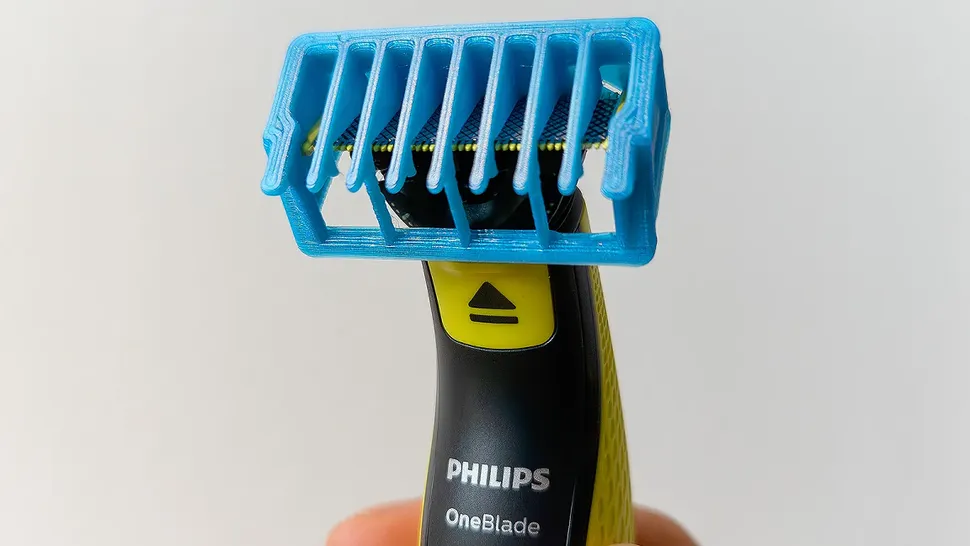In a move towards enhancing product longevity and promoting sustainability, electronics giant Philips has announced the debut of 3D-printable components designed for repairing their existing range of products. This initiative empowers consumers and service providers to easily access and produce replacement parts on demand, potentially extending the lifespan of Philips appliances and reducing electronic waste.
While the specific details of the initial rollout, including the range of products and components covered, are still emerging, this announcement signals a growing trend among manufacturers to embrace circular economy principles. By providing access to 3D-printable files for spare parts, Philips is taking a proactive step in addressing the challenges of product repairability and the environmental impact of discarded electronics.
Empowering Consumers and Extending Product Lifecycles
The ability to 3D print replacement parts offers several key benefits for consumers:
- Increased Repairability: When a component breaks, consumers may no longer need to discard the entire product. Instead, they can potentially 3D print the necessary replacement part, making repairs more accessible and cost-effective.
- Reduced Downtime: Waiting for official spare parts to be shipped can be time-consuming. With 3D-printable files, consumers with access to a 3D printer can potentially produce the needed part much faster, minimizing product downtime.
- Support for Older Products: Over time, manufacturers may discontinue production of spare parts for older models. Providing 3D-printable files could offer a solution for maintaining and repairing these legacy products, extending their useful life.
- Potential for Customization: In some cases, 3D printing could even allow for minor customization or reinforcement of replacement parts based on individual needs or common failure points.
A Step Towards a Circular Economy
Philips’ initiative aligns with the growing global focus on transitioning towards a circular economy, where resources are kept in use for as long as possible, reducing waste and pollution. By embracing 3D printing for spare parts, Philips is:
- Reducing Electronic Waste (E-waste): Extending the lifespan of products through easier repair directly contributes to a reduction in the ever-increasing volume of e-waste, a significant environmental concern.
- Conserving Resources: Manufacturing new products requires raw materials and energy. By enabling repair, Philips is potentially reducing the demand for new production and the associated resource consumption.
- Promoting Sustainability: This move positions Philips as a company that is actively working towards more sustainable practices and encouraging a culture of repair over replacement.
Potential Implementation and Considerations
Several factors will likely influence the successful implementation of this program:
- Accessibility of 3D Printing Technology: While 3D printer ownership is increasing, it is not yet universal. Philips may need to explore partnerships with 3D printing service bureaus or provide accessible printing options for consumers who do not own a printer.
- Complexity of Parts: The suitability of parts for 3D printing will vary. Simple mechanical components may be easier to reproduce than intricate electronic parts.
- Material Specifications and Quality: Ensuring that 3D-printed replacement parts meet the required material specifications and quality standards for safe and effective operation will be crucial. Philips will likely need to provide clear guidelines and potentially certified materials for printing.
- Intellectual Property: Philips will need to carefully consider the intellectual property aspects of providing 3D model files to the public.
Industry Trend and Future Outlook
Philips’ move follows similar initiatives by other companies exploring the potential of 3D printing for spare parts. This trend suggests a growing recognition of the benefits of on-demand manufacturing for repair and sustainability. As 3D printing technology becomes more accessible and materials science advances, we may see more manufacturers adopting this approach to enhance product lifecycles and reduce their environmental footprint.
This initiative by Philips could serve as a significant step in encouraging a more repair-focused consumer culture and driving the adoption of circular economy principles within the electronics industry. The accessibility and practicality of this program will be key to its success and its potential to inspire wider change.
Original Source


